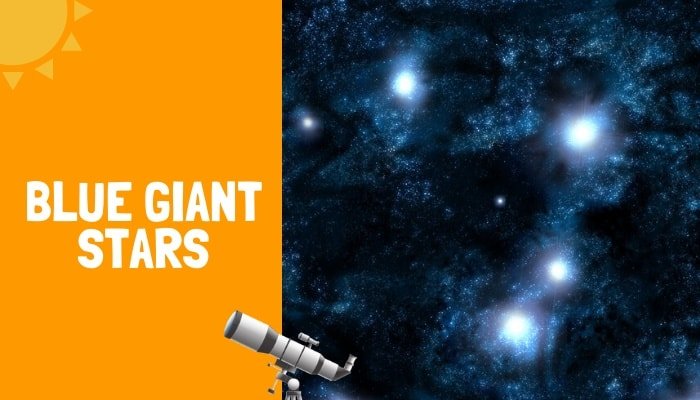When looking into the night sky, the moon usually is the first thing we see as it’s such a massive presence in our skies. We have many questions about our closest neighbor about its size to who landed on the moon. Today we aim to answer what is the moon made of as despite the knowledge we have on the moon, what it’s made of is often unknown.
The moon is made of rock and metal, just like other rocky planets in our universe. The moon has an outer crust made up of lunar soil that is fine rock particles known as regolith that ranges from 10-65 feet deep.
Ok, so we know the moon is made up of rock and metal just like here on earth, but what about that soil and deep into that surface. Let us find some interesting facts about how the moon is made up and is what we know about the moon based on facts.
How accurate is our understanding of the moon?
We will cover what the moon is made of, but how accurate is our knowledge of what the moon is made of really? Apollo 11 collected 21.8 kilograms of rock and regolith that immensely helped our understanding of the moon’s surface advance.
Our understanding of the moon’s surface is a lot more accurate than the moon’s inner working. Down to the fact that many of the lunar space missions, we have to collect lunar sample data of the moon’s surface.
Scientists have a lot less information on the moon’s inner working, so much of their work is done on guesswork. The guesswork is done on the best estimate and is thought to be very accurate. Let’s first start on the more precise information on the surface before moving onto the moon’s inner workings.
The surface of the moon
If you have ever watched Wallace and Gromit a grand day out as a child, it is the fairytale that the moon is made from cheese. As we know, that is is not right, and it’s just that a fairy tale and rock is more towards to truth than cheese.
The main components that make up the moon’s crust are oxygen, silicon, magnesium, iron, calcium, and aluminum.
All the marks or moon craters on the surface of the moon are millions of years of asteroids hitting the surface. The moon’s surface is covered in regolith; this is made from when the asteroids hit the moon’s body and break into millions of pieces and dust.
The crust or the moon’s surface is between 38 to 63 miles deep, showing just how many asteroids were hitting the moon’s body. The actual regolith can range widely from 10 feet right up to 66 feet.
Very few asteroids now hit the moon’s surface, and as there is no atmosphere, the marks left when they hit the moon’s surface, the scars remain in place. Even Neil Armstrong’s footprint when he stood on the moon remains in place to this day.
Under the surface of the moon
Under the regolith and crust of the moon, you will find a mantle and core.
Deep inside the moon, we have a solid iron core that is surrounded by a softer outer. It is believed that the softer outer is molten liquid iron.
It is believed that the outer core of the moon is around 300 miles and the inner smaller core only makes up around 20 percent of this core. This is small when you compare them to other rocky bodies that can be 50 percent of their overall core.
The central core of the moon at around 620 miles is made up of a lithosphere. Early in its lunar life, when it was active, magma allowed it to create lava plains. Over millions of years, the magma cooled and became hard, and the moon slowly lost its volcanism status.
Conclusion
We have most information on the moon outer crust due to lunar space missions over many years of space exploration. Scientists have a greater understanding of the moon’s outer crust, and the information is a lot more accurate.
The moon’s inner core is a lot more of a mystery to us and is based more on guesswork than facts.
Next time you crack out your best telescope to view the moon, you will know a lot more about the moon’s crust we are looking at through our telescope.
Our moon is a fascinating object that we see nearly every night in our sky. In our article, we discover that we don’t know everything about this fantastic object. When you are on the hunt for the lunar 100, you will gather a lot more knowledge, but it may have you wondering about the moon’s inner workings.



